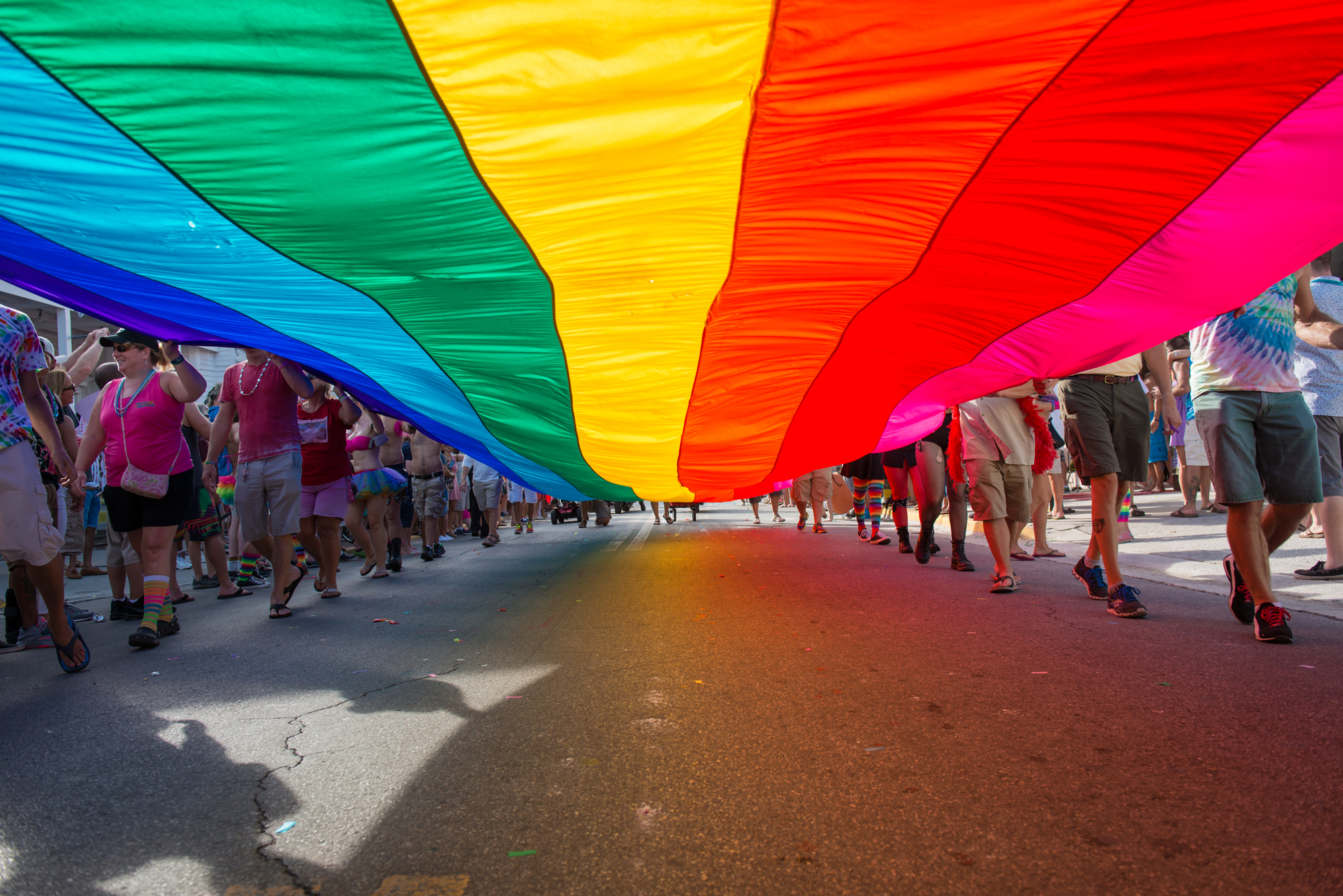

HOW THE GAYS SAVED KEY WEST
Long associated with the testosterone-fueled macho marketing of Ernest Hemingway, Key West in fact has benefited far more from a very different variety of creative energy. Hemingway lived and worked on the island barely eleven years. He was followed by a lavender wave of enterprise, ingenuity and industry that has lasted for decades and continues to this day.
The economic history of Key West reads like a wild roller coaster ride, careening from boom to bust up until the 1970s. Settled in 1830 to combat piracy, the island evolved into a major wrecking port where salvagers won staggering sums saving foundered ships on the infamous reefs surrounding the archipelago. Until, that is, the U.S. signed the international laws of admiralty ending the “finders-keepers” practice of the salvagers. A robust effort to produce sponges ended with the onslaught of a toxic “red tide.” Years of a roaring trade in cigar making came to a screeching halt when the city fathers of Tampa lured away all of the cigar factories on the island with the promise of no taxes and infrastructure incentives. World War I brought frenzied attention—and lots of funds–from the U.S. Department of Defense until the war ended when projects and personnel vanished and Key West became so destitute it had to declare municipal bankruptcy. World War II brought more frenzied attention—and thousands of sailors and servicemen—until that war too ended. Another lull in the economic fortunes of the island was followed by yet more frenzied attention and funding from the U.S. Navy during the October, 1962 Cuban Missile Crisis. After tense negotiations ended with Russia, Washington let the island slip back into its sleepy southernmost status quo.
But right after the end of World War II something wonderful started to quietly percolate just under the surface of the island’s economic twists and turns. Word was circulating among the creative gay culture in New York City, Philadelphia, Chicago, Washington, D.C. and other major cities that Key West was an easy, live-and-let-live sanctuary that blends sun, salt water, salubrity and a “soupcon” of sin. In 1941 both Tennessee Williams and Leonard Bernstein followed “where the boys are” with their first visits to Key West, garnering lots of attention in artistic circles and beyond. Soon after this first visit, Bernstein committed to a seasonal rental each winter, and Williams put down roots by purchasing a home for him and his partner Frank Merlo, maintaining a residence on the island until his death in 1983. Other gay artists, notables, cultural arbiters, doyens, publishers, eccentric illuminati and just curious gay travelers followed with their own entourages, assorted friends and acquaintances.
The fact that it was difficult to get to Key West made the destination all the more alluring for the LGBTQ culture. Back when gay life existed in a parallel universe – so many in this generation were separated from jobs, birth families and a harshly intolerant mainstream society. The LGBTQ community opted to vacation in out-of-the-way destinations like Key West, the Southernmost point of the continental U.S. By the 1970s the stream of gay visitors to the island had turned into a torrent with more than thirty same sex guest houses on the small island catering to gay men.
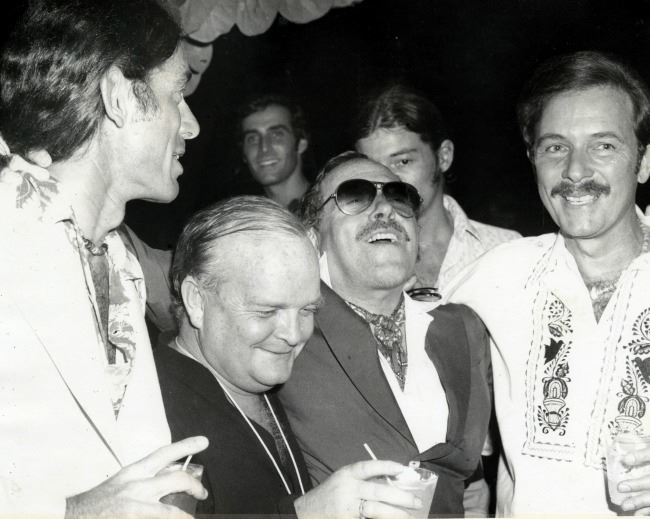
It was in 1967 that a gay native Key Wester, David Wolkowsky built the first true resort on the island, the Pier House located at Zero Duval Street. The savvy businessman brought in travel writers and publicists from around the world to stay at the Pier House and experience the beauty and charm of the island. Dubbed “Mr. Key West” and the “Father of Key West Tourism” by local media, Wolkowsky also served as a prime mover in the architectural preservation culture that still endures on the island much to the benefit of the real estate market. By the early 1970s word had begun to filter north throughout gay culture that Key West was one of the few truly accepting, come-as-you-are, quirky, fun places in the world where LGBTQ people could express their creativity, their freedom and their love.
Gay owned art galleries opened, performing arts flourished, businesses launched. In 1972 author Lee Dodez and Richard Heyman opened the Gingerbread Square Gallery on Duval Street. Richard was later elected Mayor of Key West in 1983, becoming the first openly gay mayor elected in a U.S. city. Marty Finklestein arrived on the island in the early 1980s and set about restoring and renovating multiple grande dame Victorian homes. This tasteful tide of design and restoration washed over the island driven by dozens of gay men, and the real estate market responded with fervor!
In 1978 a group of gay businessmen on the island came together to address the specific mission of marketing to the LGBTQ traveler. It was no secret that gay visitors had expendable income and were eager, adaptive travelers and the pink dollar had power! As a result the Key West Business Guild was founded as the very first LGBTQ destination marketing organization in the country. One year later in 1979, four friends (Joe Liszka and his partner Frank Romano and Tony Falcone and his partner, Bill Conkle owners of the memorable department store, Fast Buck Freddies), all of whom were openly gay businessmen, met to produce one of the most important economic engines on the island. Halloween had become a much-loved holiday in the gay world, but historically the end of October had been a moribund season in Key West. Thus began Fantasy Fest, one of the most famous events in the U.S. during the week of Halloween bringing millions of dollars each year to the island economy.
Bolstering Key West’s fame as an innovator and early pioneer in LGBTQ travel promotion, local travel agents and hoteliers came together in 1983 to establish the International Gay and Lesbian Travel Association (IGLTA), a worldwide organization that today boasts 1,200 members and growing. One of the key movers in the founding of the organization was Hanns Ebensten, the “Inventor of Gay Travel,” who moved to Key West in the early 1970s with his longtime partner Brian Kenny.
Throughout the 1970s and 1980s gay writers continued to be drawn to the island maintaining Key West’s legacy as a safe harbor of inspiration, freedom and creativity. Novelist Truman Capote; Pulitzer Prize winner poet James Merrill; and four-time Tony Award winning playwright Terrence McNally, all spent significant time and creative energy in Key West during those years. The island’s reputation for a center of creative writing was sealed in 1983 when novelist David Kaufelt established the Key West Literary Seminar, an annual sold out event that has become a significant economic boost for the island.By the mid 1980s Key West became a preferred destination of choice for scores of gay men for a very different reason. Diagnosed HIV positive and often rejected, even spurned back home, these gay men fled to the warmer, more accepting embrace of the island. Openly gay physician Jerome Covington and his straight practice partner Mark Whiteside were at the forefront of the HIV tsunami that hit the little island in the early days, and they performed heroic work on behalf of the gay community. In 1997 a group of local gay philanthropists on the island came together to establish a visible, meaningful monument to the memory of the victims of this horrific pandemic. That effort resulted in the moving Key West AIDS Memorialthat now sits at the entrance to the White Street Pier with 1,240 names inscribed on the granite slabs. This Memorial stands as a testament to the resilience, dedication and compassion of the LGBTQ community on the island.Today Key West continues to flourish despite the occasional hurricane or global recession. Tourism is still the dominant economic engine of the island, the real estate market continues to roar along, creative arts grow and bloom, the beautiful Old Town streetscape endures, and an intense eco-sensibility has emerged. And LGBTQ residents are serving in leadership positions throughout the island community to ensure that this strong economy continues. Current Mayor Teri Johnston has lived on the island more than twenty years with her wife Dar Castillo. Former County Mayor Heather Carruthers and her wife Coleen Fitzsimmons are raising two children on the island and working in the real estate industry. Gay residents are woven into the fabric of the island and serve in the fire department, school system, sheriff’s office, non-profit organizations and business community.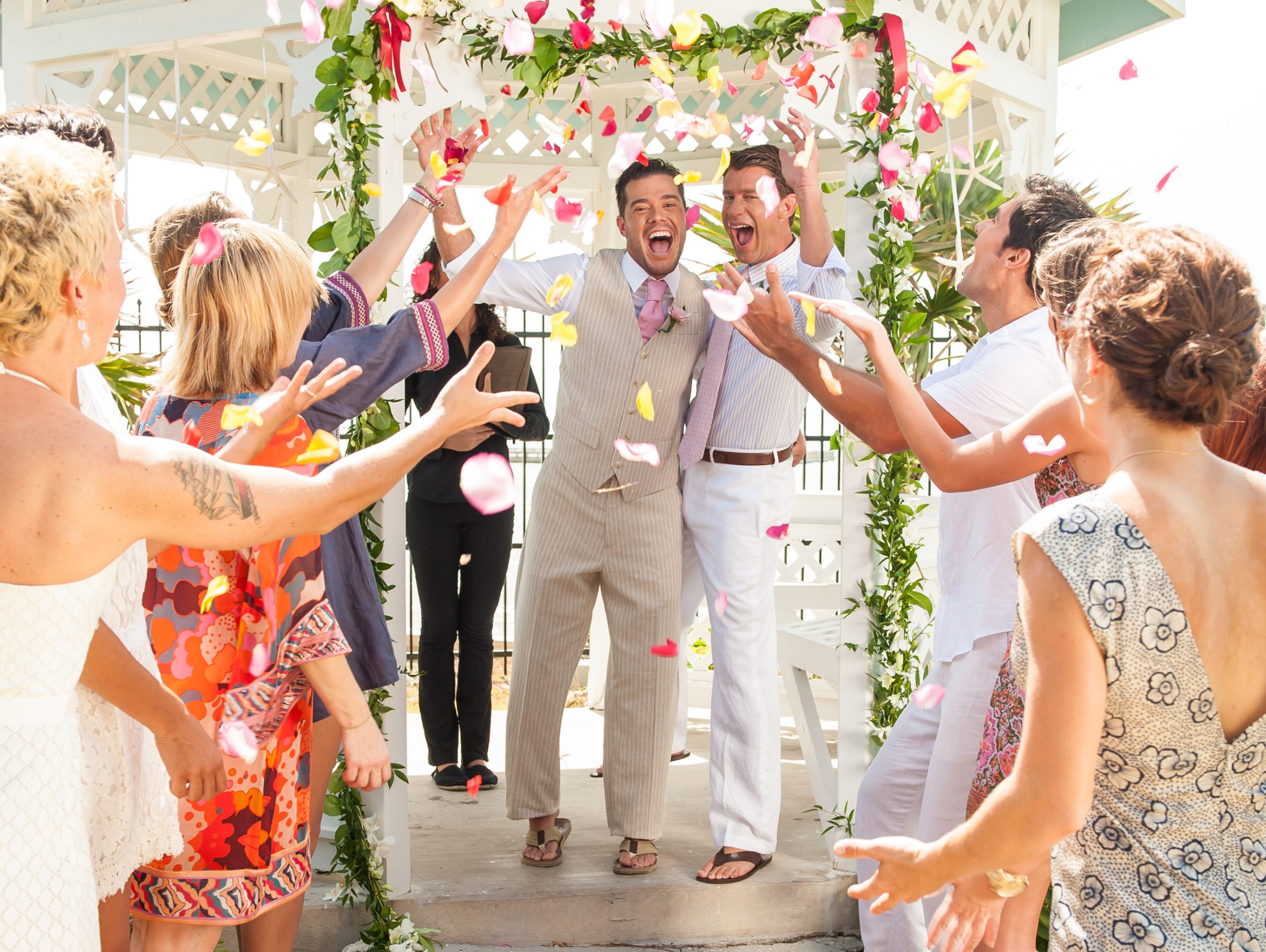 Yes, there are still LGBTQ bars and LGBTQ guest houses and LGBTQ boat charters and LGBTQ events in Key West. But as County Mayor Heather Carruthers noted, “Labels work fine for clothes down here in Key West, not so much for people.” It is true that the LGBTQ community led the way to salvage a battered, cyclical economy and bring about the dynamic, thriving island we see today. And credit certainly must be given to the LGBTQ community for its key role in the island’s economic stewardship. But it is also important to acknowledge that “One Human Family” serves as the prevailing spirit, the official philosophy of the island. And for this authentic, fun, quirky, historic little island that must be the best gift of all.Guy Ross has claimed Key West as his legal residence for 25 years and has served as the Executive Director of the Key West Business Guild, the LGBTQ Sales Manager at the Tourist Development Council, and a Board member of the Key West Maritime Museum.
Yes, there are still LGBTQ bars and LGBTQ guest houses and LGBTQ boat charters and LGBTQ events in Key West. But as County Mayor Heather Carruthers noted, “Labels work fine for clothes down here in Key West, not so much for people.” It is true that the LGBTQ community led the way to salvage a battered, cyclical economy and bring about the dynamic, thriving island we see today. And credit certainly must be given to the LGBTQ community for its key role in the island’s economic stewardship. But it is also important to acknowledge that “One Human Family” serves as the prevailing spirit, the official philosophy of the island. And for this authentic, fun, quirky, historic little island that must be the best gift of all.Guy Ross has claimed Key West as his legal residence for 25 years and has served as the Executive Director of the Key West Business Guild, the LGBTQ Sales Manager at the Tourist Development Council, and a Board member of the Key West Maritime Museum.
- HOW THE GAYS SAVED KEY WEST - March 27, 2022
An Occasional Post Card from Paradise
News from the island: special events, new art, music, and stories and invites to our parties.



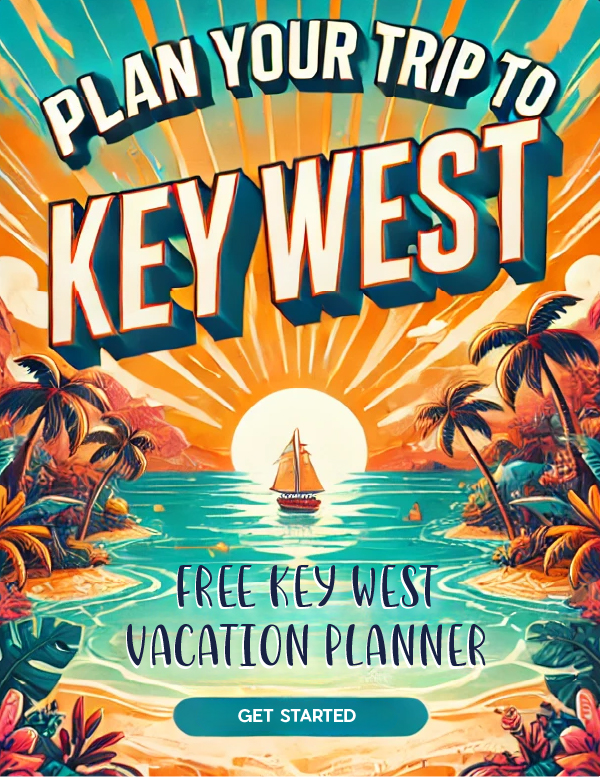

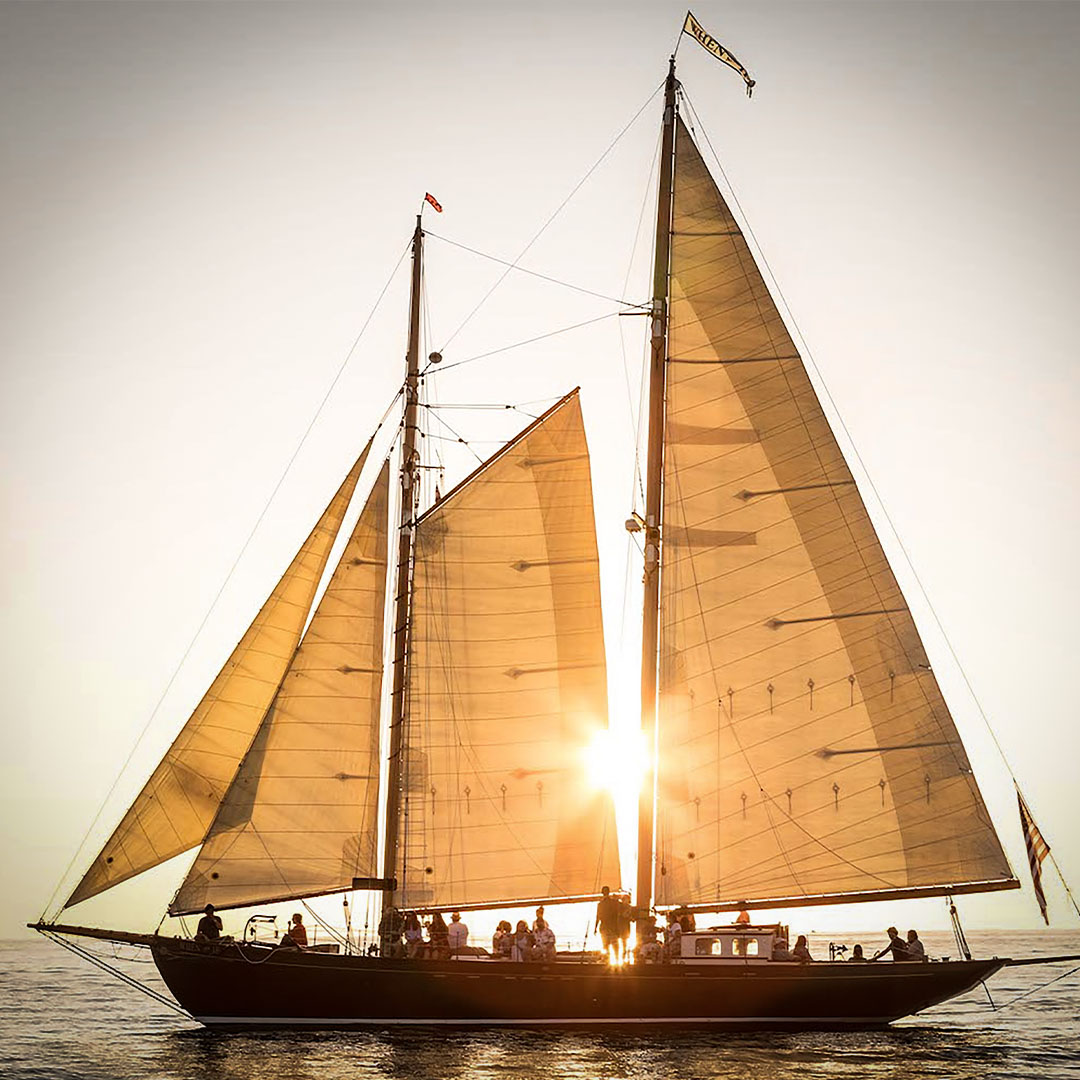 Tall Ships And Their Masters
Tall Ships And Their Masters Goombay Festival
Goombay Festival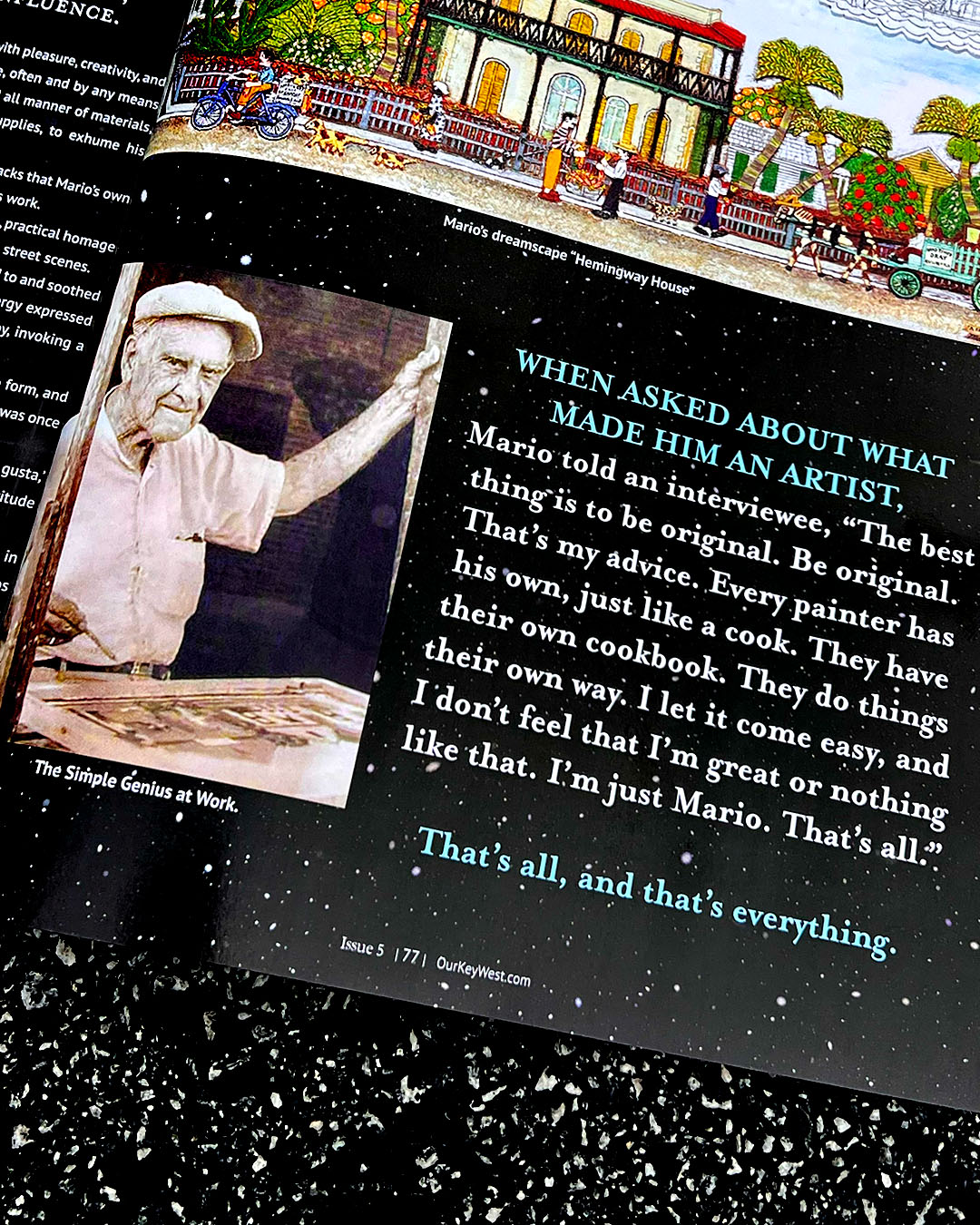 Mario Sanchez – The Birth Chart
Mario Sanchez – The Birth Chart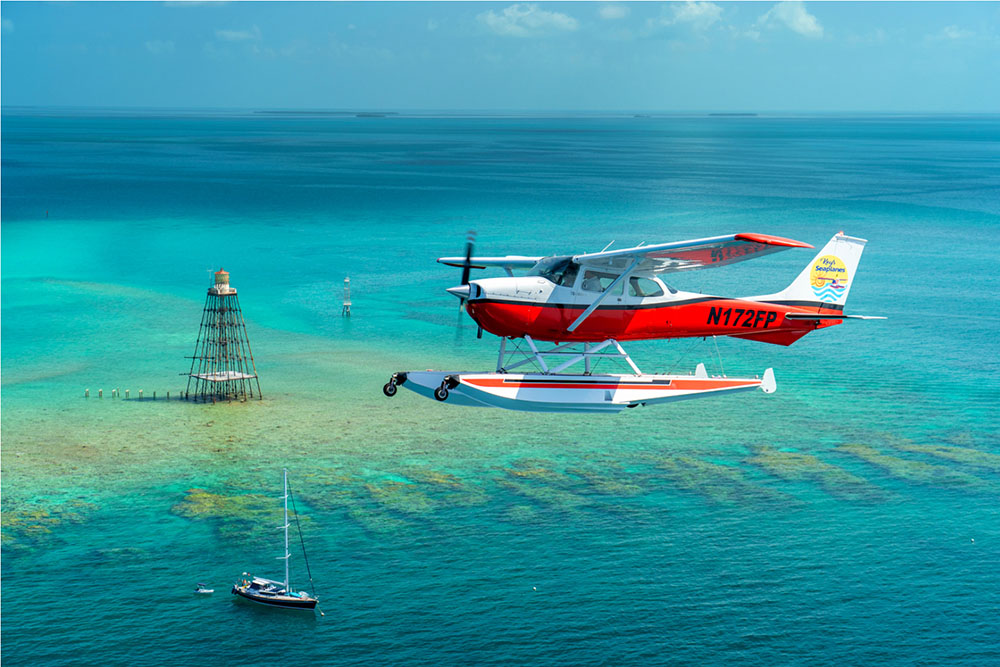 My Job Interview with Jimmy Buffett
My Job Interview with Jimmy Buffett